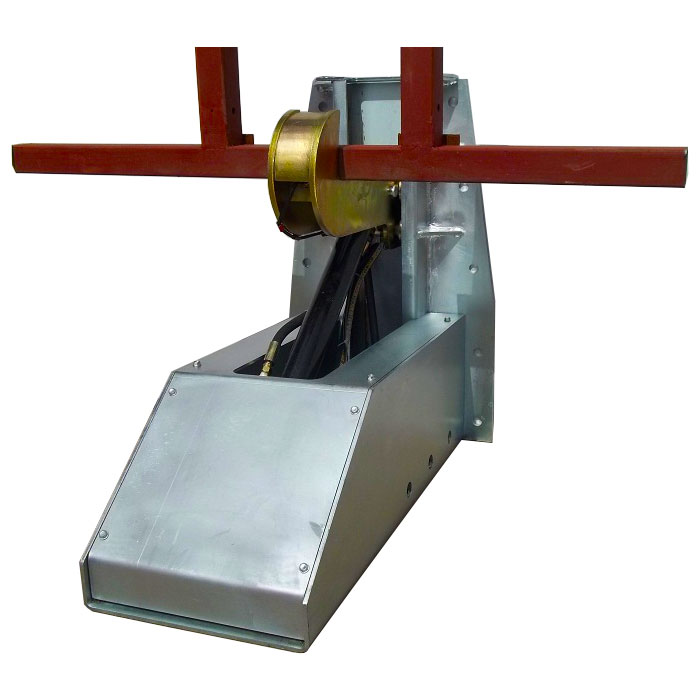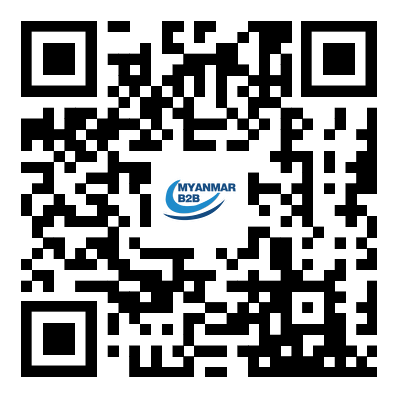How to design and implement a vehicle restraint system
2024-03-19
A vehicle restraint, also known as a truck restraint or dock lock, is a safety device used in loading dock areas to secure trucks or trailers during loading and unloading operations. Here's a guide on how to design and implement a vehicle restraint system:
1. Requirements Gathering:
- Understand the specific requirements for the vehicle restraint, including the types of trucks or trailers it will accommodate, the loading dock configuration, and any regulatory or safety standards that must be met.
2. Type Selection:
- Choose the appropriate type of vehicle restraint based on the operational needs and constraints of the loading dock. Common types include:
- Mechanical Restraints: These use mechanical barriers or hooks to secure the vehicle's rear impact guard (RIG).
- Hydraulic Restraints: These use hydraulic pressure to engage and secure the vehicle's RIG.
- Automatic Restraints: These are self-engaging systems that automatically secure the vehicle upon docking.
- Wheel Chocks: These are physical wedges placed against the wheels of the vehicle to prevent movement.
- Select the type that best fits your facility layout, operational requirements, and budget.
3. Structural Design:
- Design the structural components of the vehicle restraint system, including mounting brackets, anchor bolts, and support structures.
- Ensure that the design provides sufficient strength and stability to withstand the forces exerted during loading and unloading operations.
4. Integration with Dock Equipment:
- Coordinate the design and installation of the vehicle restraint system with other dock equipment such as dock levelers, dock seals, and bumpers.
- Ensure compatibility and proper alignment to facilitate smooth and efficient operations.
5. Safety Features:
- Incorporate safety features into the vehicle restraint system to prevent accidents and injuries. These may include:
- Visual and audible alarms to alert operators of unsafe conditions.
- Automatic release mechanisms to disengage the restraint in case of emergency.
- Interlocks with other dock equipment to ensure proper sequencing of operations.
6. Installation and Commissioning:
- Install the vehicle restraint system according to the manufacturer's guidelines and engineering specifications.
- Conduct thorough testing and commissioning to verify the functionality and safety of the system.
- Train dock personnel on the proper use and maintenance of the vehicle restraint system.
7. Maintenance and Inspection:
- Establish a regular maintenance schedule to inspect and maintain the vehicle restraint system, including lubrication, adjustment, and component replacement as needed.
- Perform periodic inspections to identify any signs of wear, damage, or malfunction that could affect the performance or safety of the system.
By following these steps and considerations, you can design and implement a vehicle restraint system that enhances safety and efficiency in your loading dock operations.



